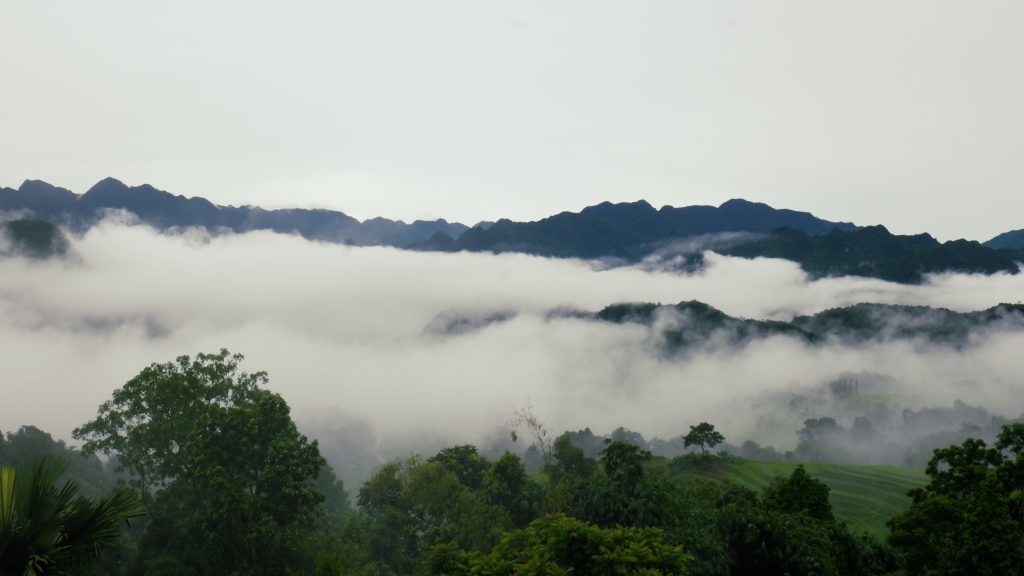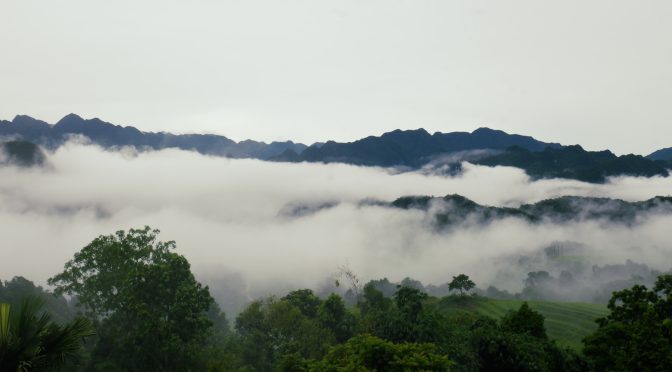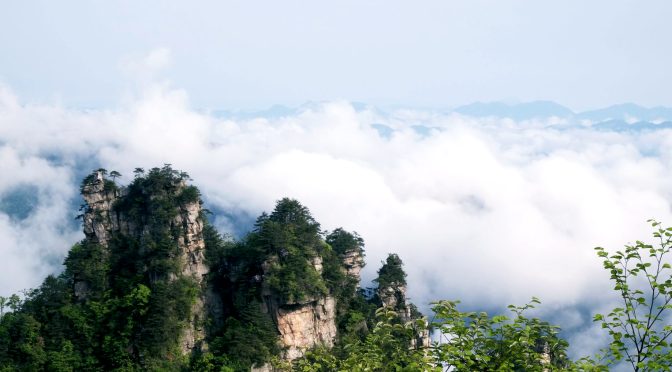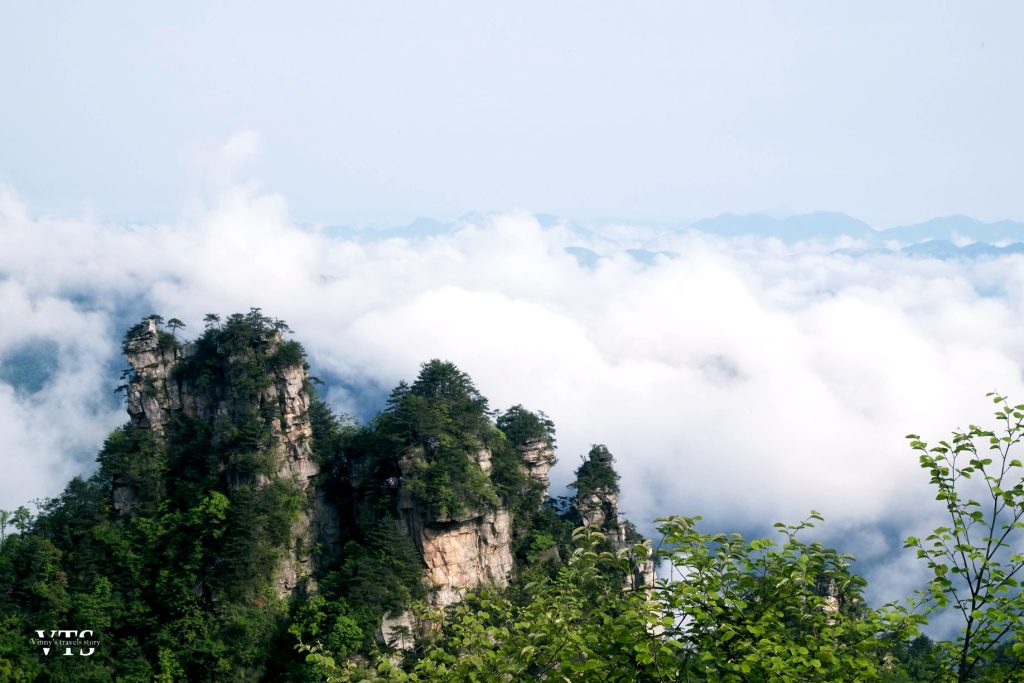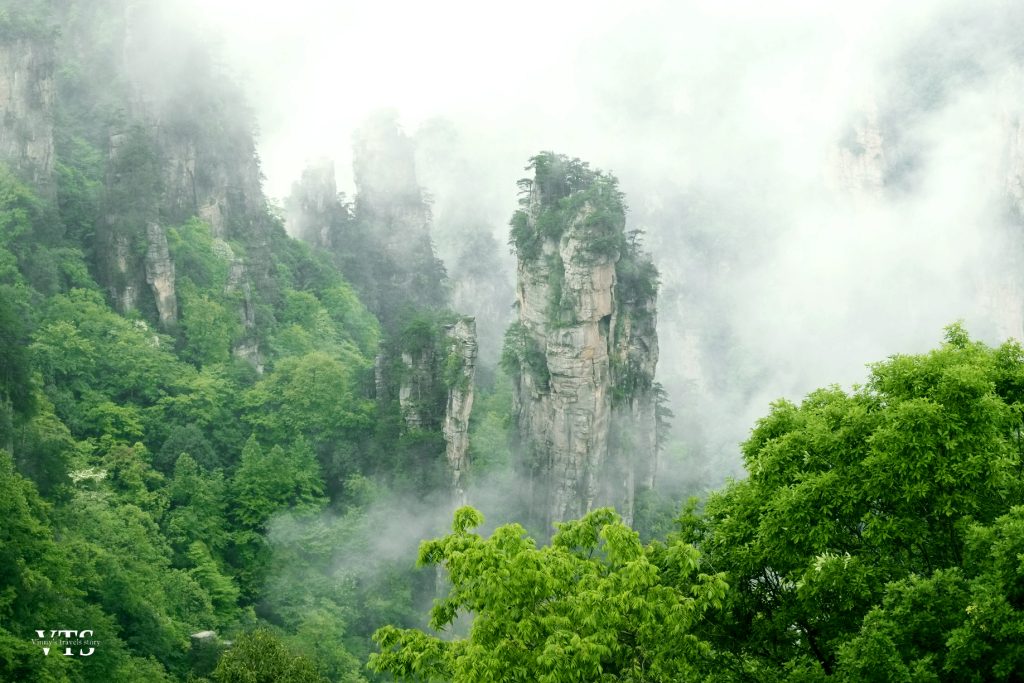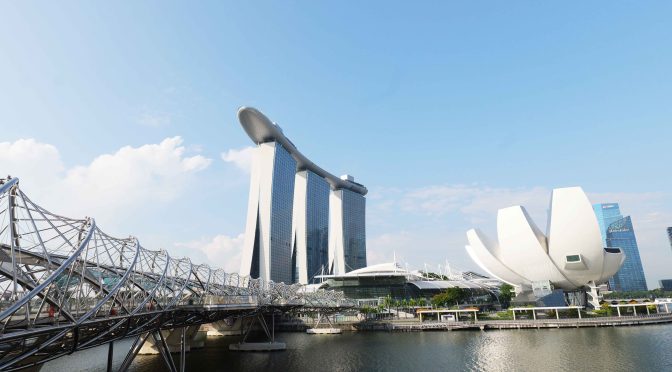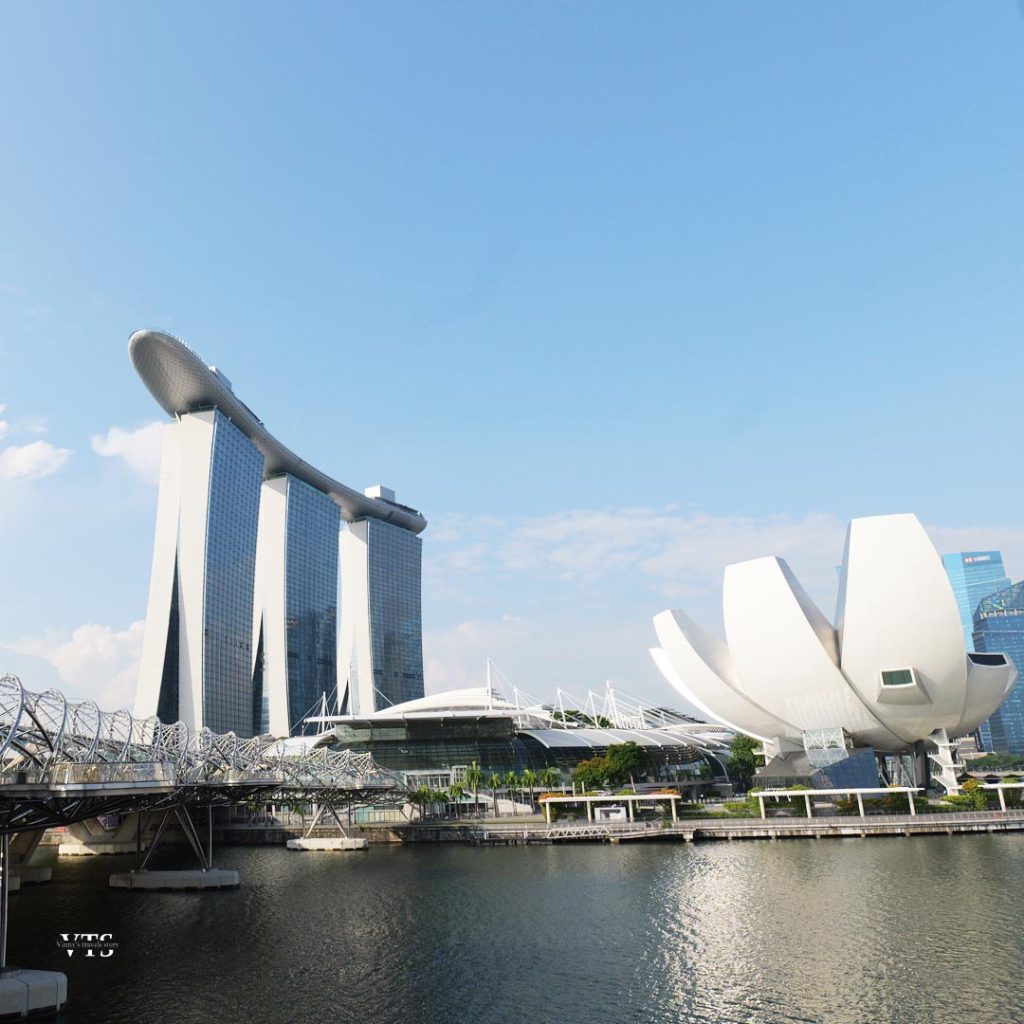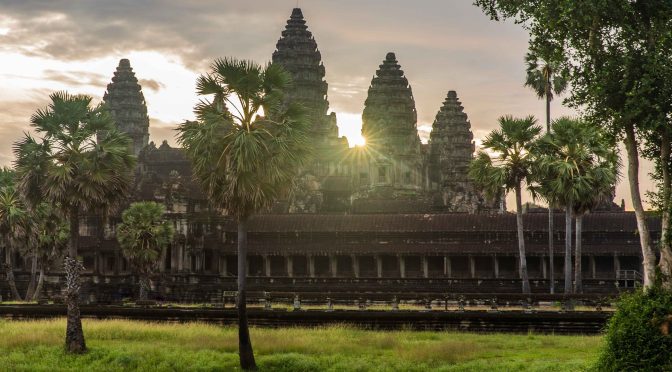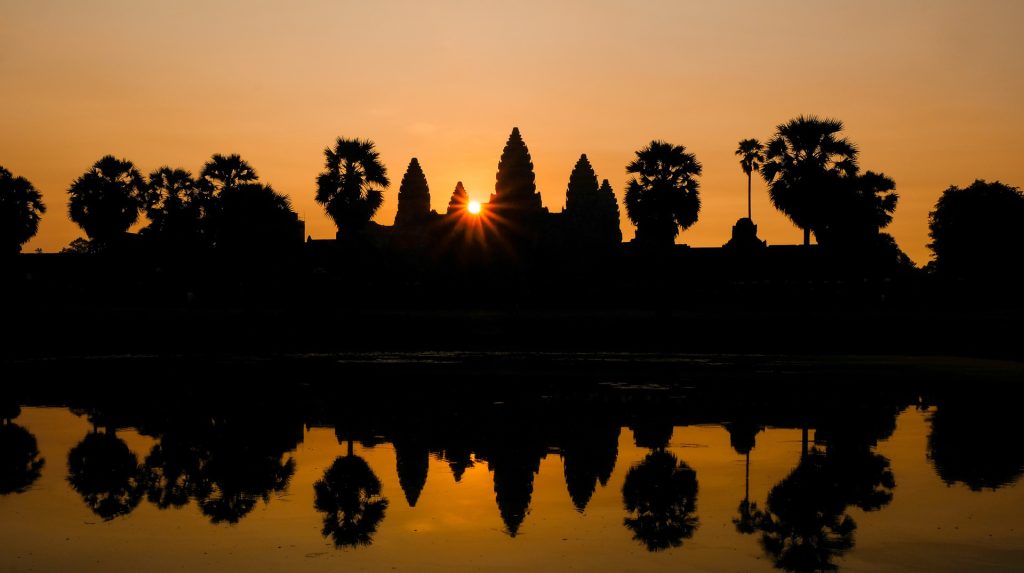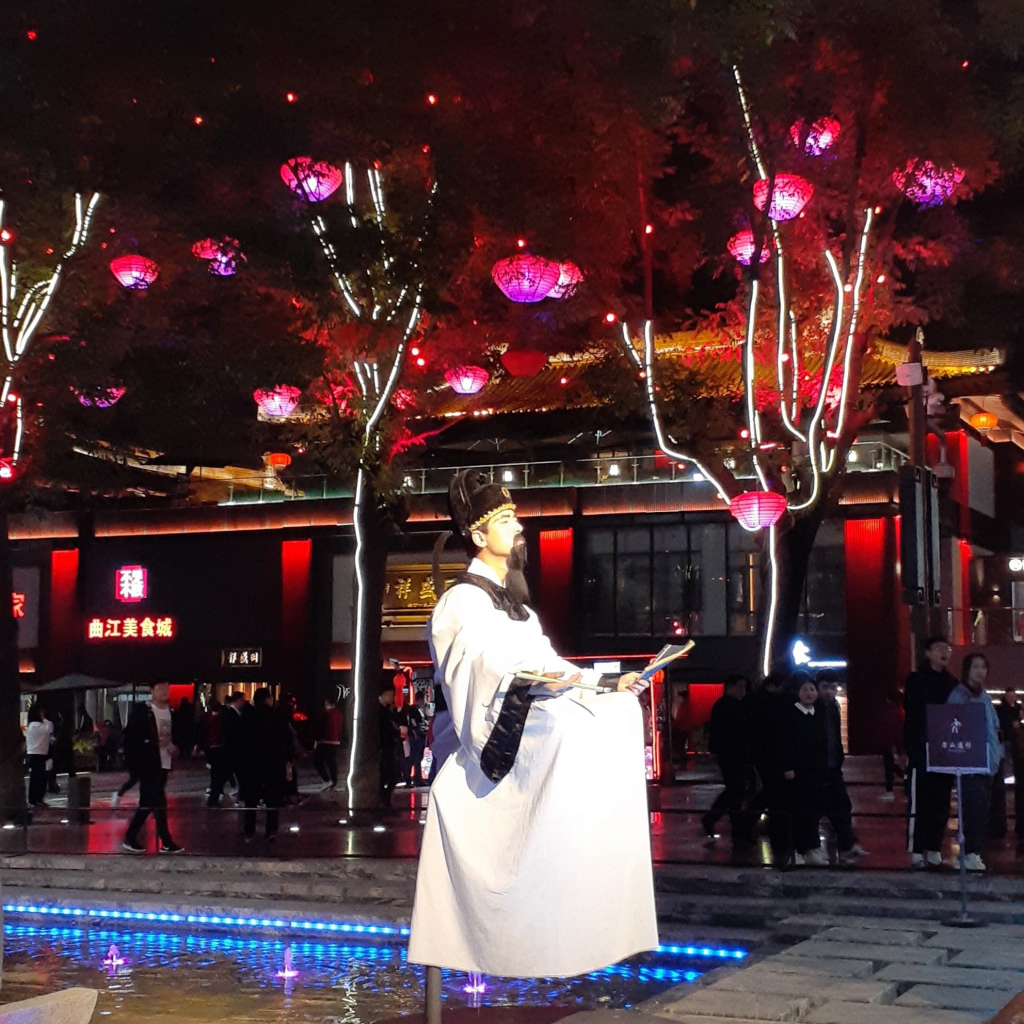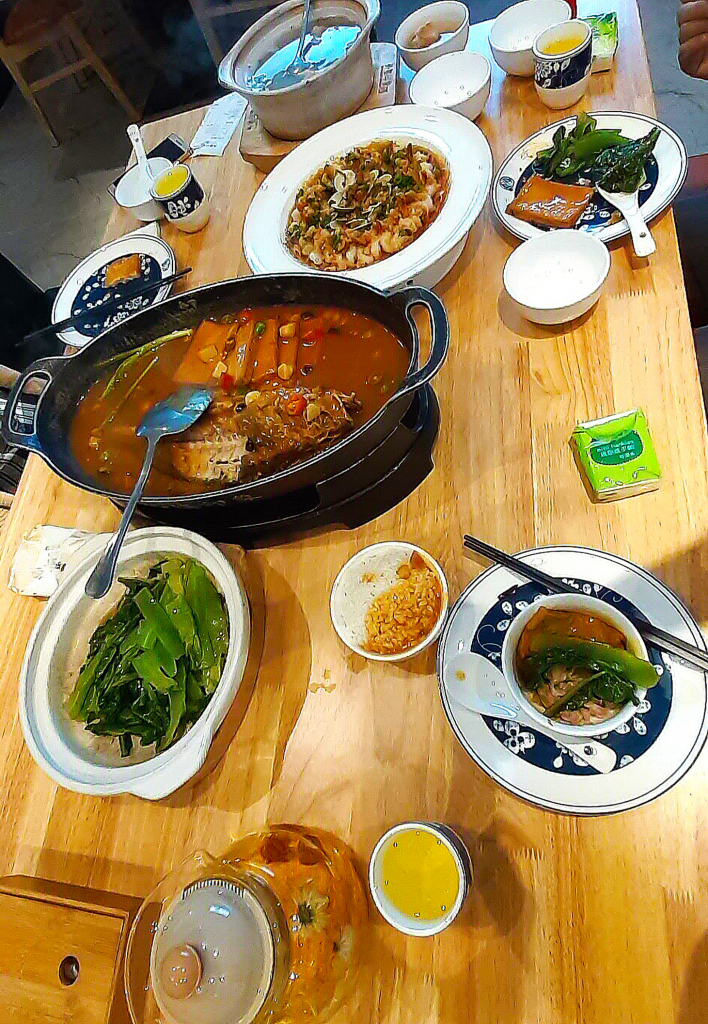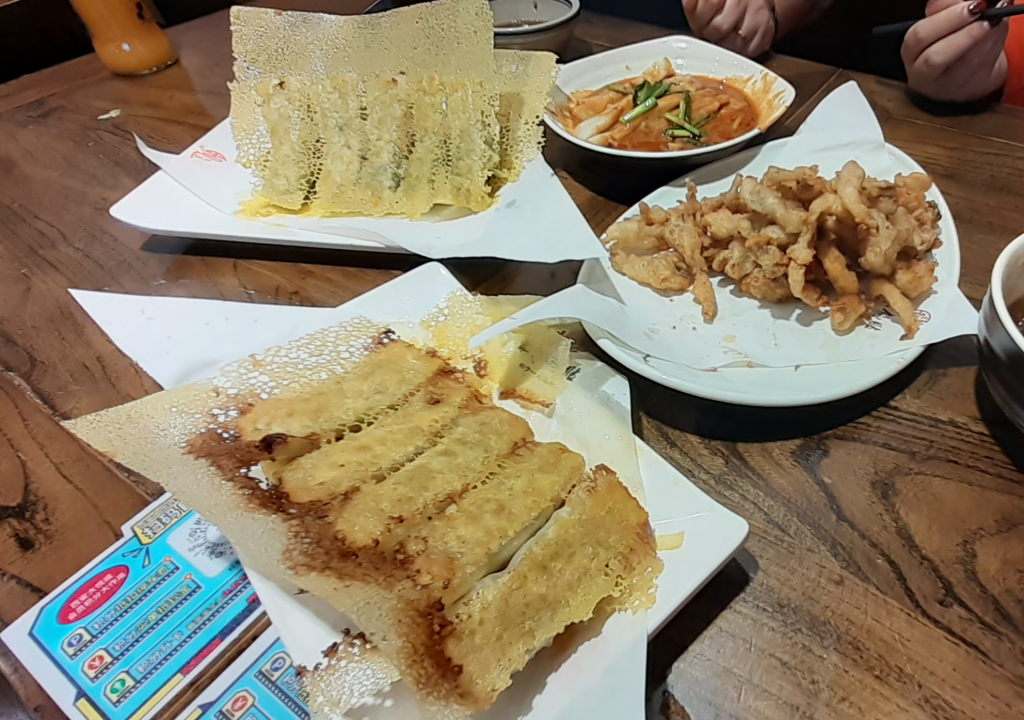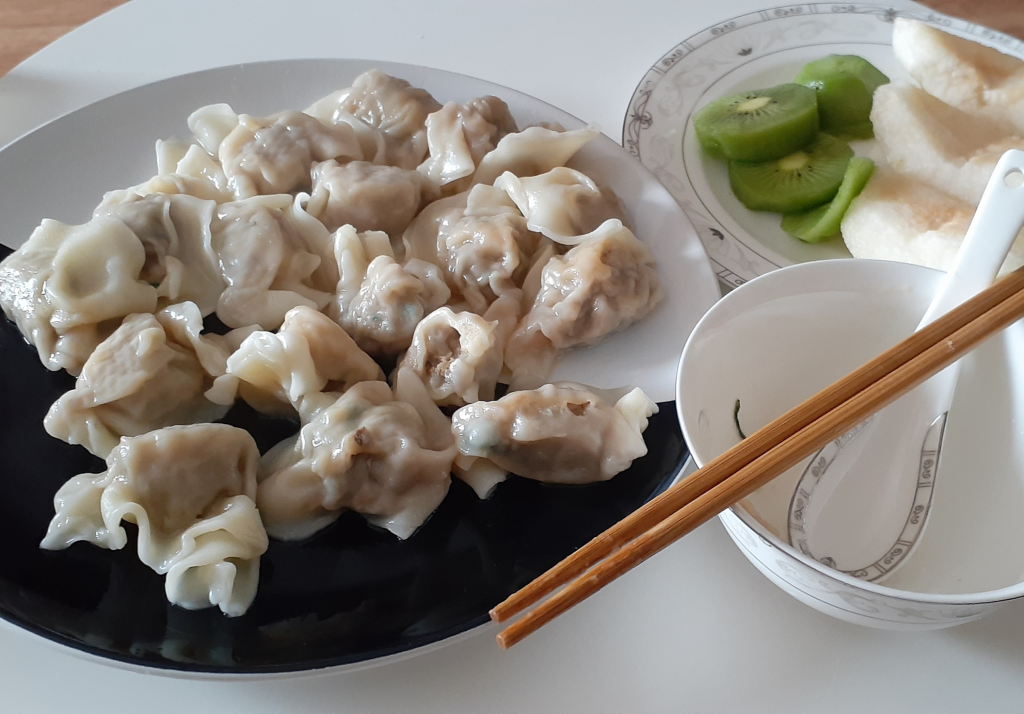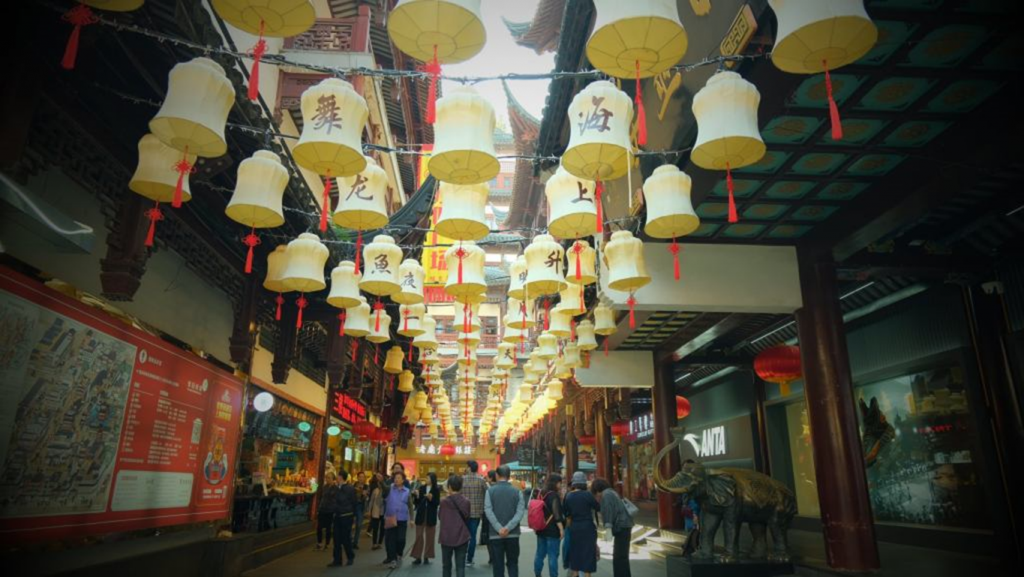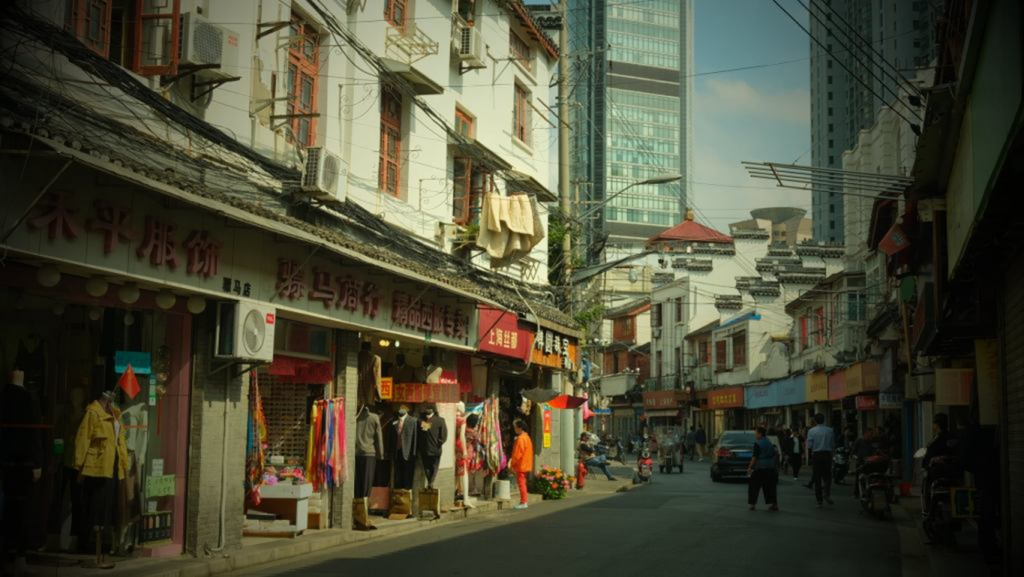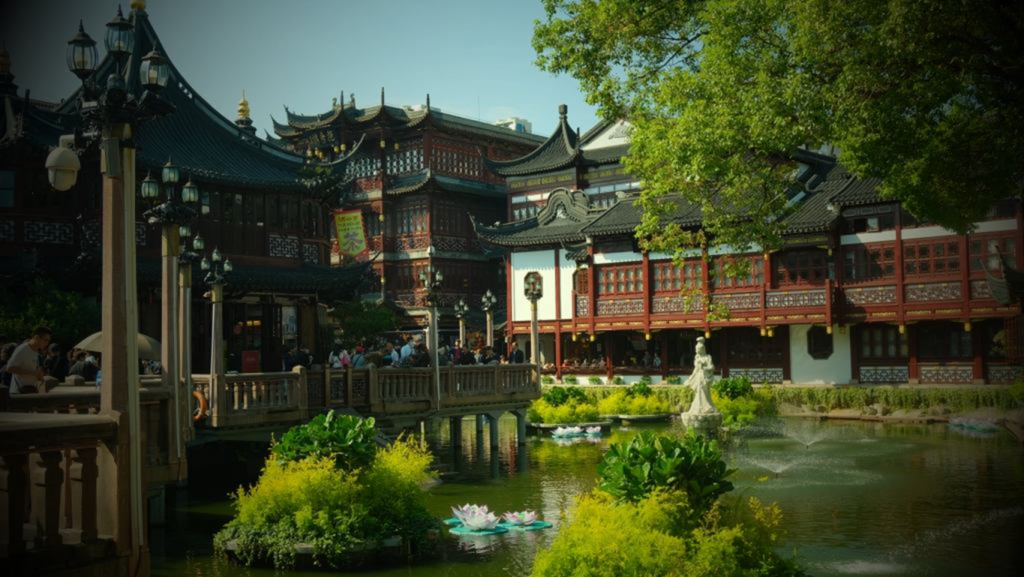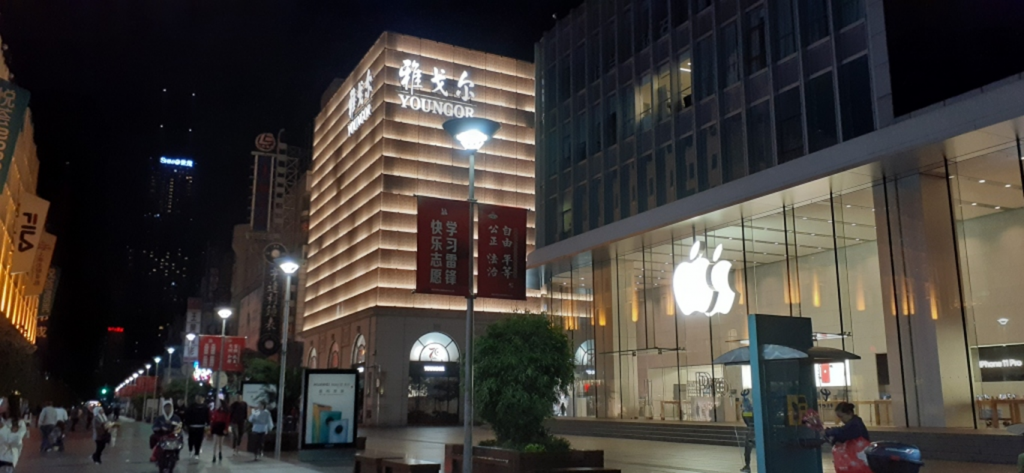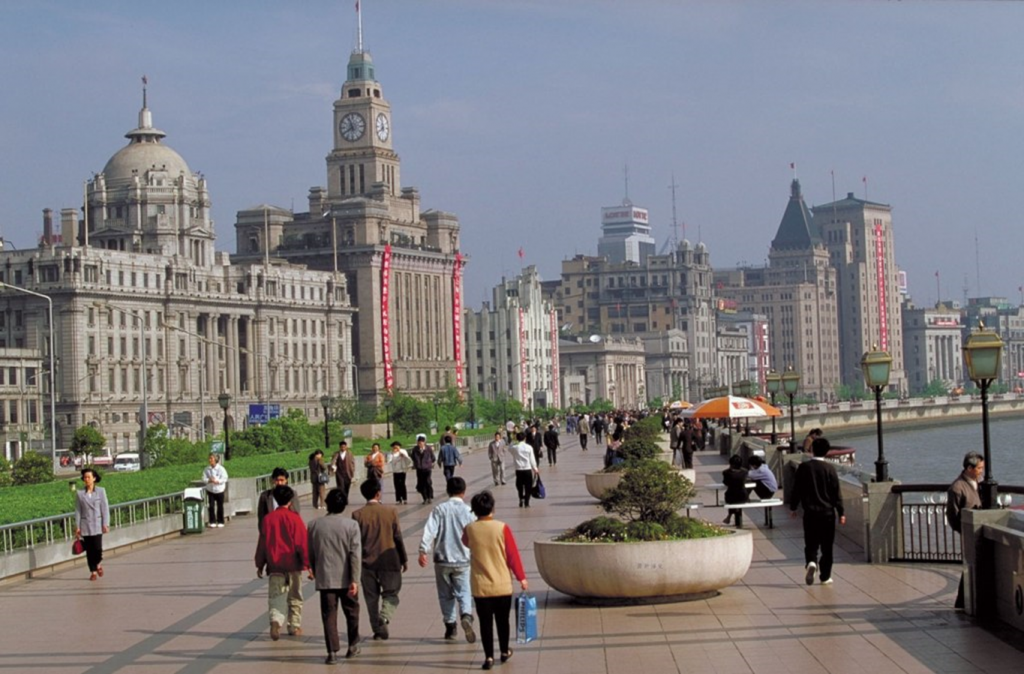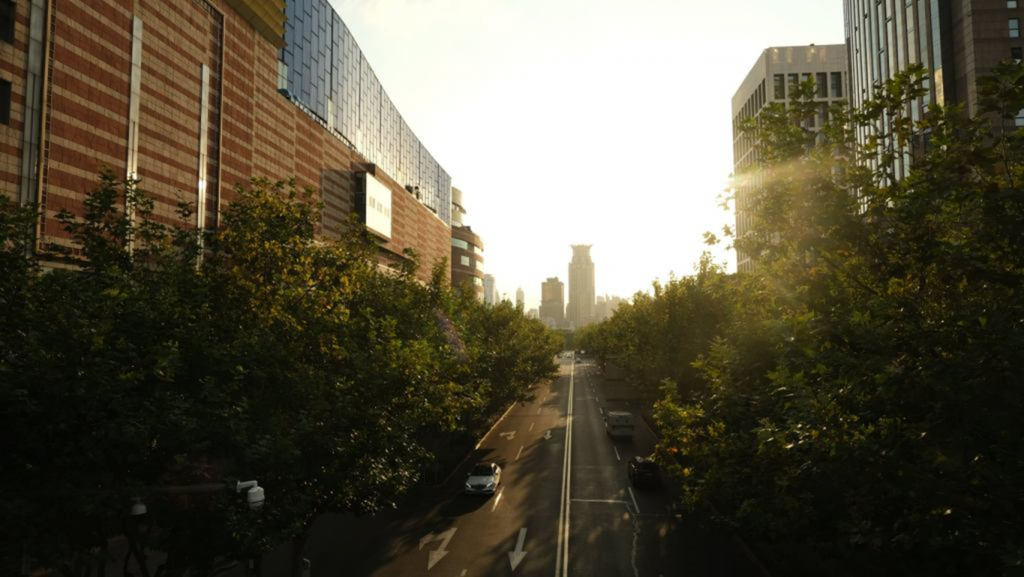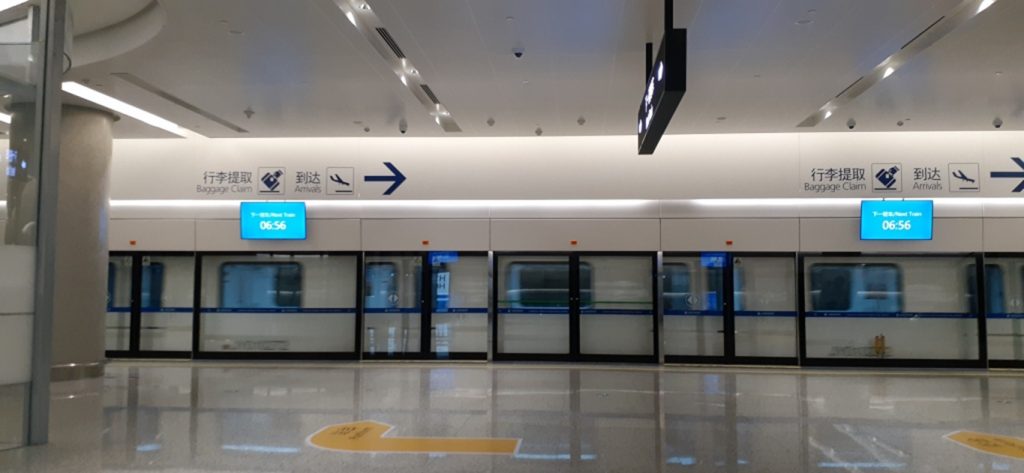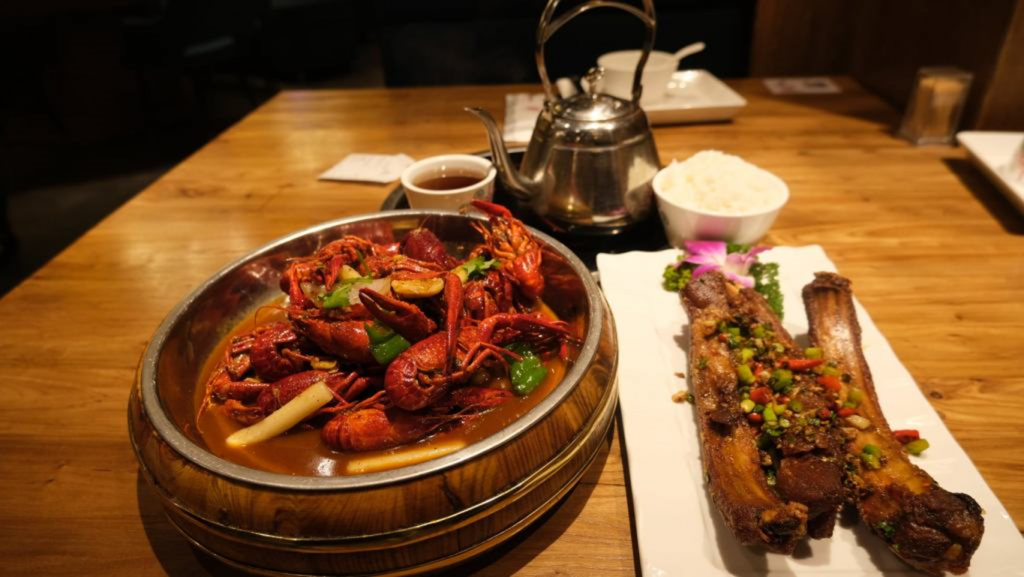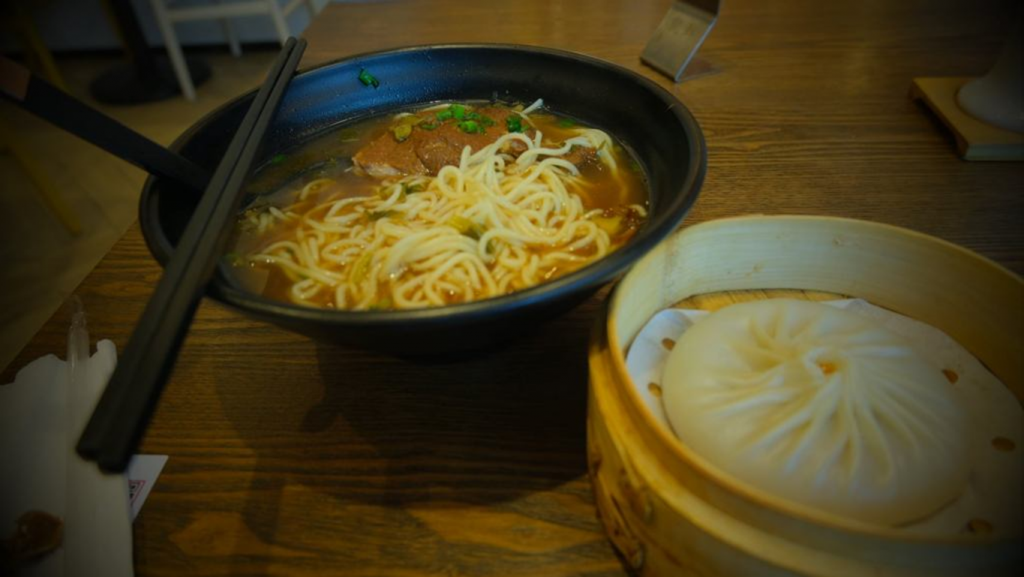Siem Reap is an incredible travel destination of Cambodia that attracting millions of visitors. To enjoy the best of Siem Reap, let’s catch up with our Siem Reap Travel Guidance to make a perfect plan trip.
I. Siem Reap introduction
Literally mean Sieamese defeated, the name of Siem Reap refers to the victory of the Khmer Empire in the war against Thai Empire in the 17th century.
Located in the Northwest of Cambodia, Siem Reap is globally known as the main access to Angkor Wat, the majestic ruins from the Angkor kingdom. Hence, this is a must-visit destinations for tourists traveling to Cambodia. Nevertheless, this is not the sole thing that charms visitors to Siem Reap. Other than Angkor Wat, travelers have lots of things to see and do in the town. For instance, thriving local businesses, with mixed Chinese and French architectural styles, which make it a modern but ancient city. Regarding the surroundings , there is an enormous Tonle Sap Lake and its floating villages. Refer our Siem Reap Travel guidance to know well about this evoking city.
II. How to get there?
Since Siem Reap is the main and number one tourist destination in Cambodia, every trip to Cambodia should start from this city and the best means of transportation is, of course, by air. There are numerous airlines that operate flight to Siem Reap. If you are from far away country that do not have direct flight to Siem Reap, you can choose to flight to nearby destinations and then book another short flight to the city.
Cambodia National Airway is the national airline and offers the most international flight routes from Siem Reap to surrounding destinations and vice versa. Thai Airways and Bangkok Airways provide flights from Bangkok, while Vietnam Airlines offers more options with flights from Hanoi, Ho Chi Minh City, Da Nang and Phu Quoc to Siem Reap. For budget travelers, you can choose between Air Asia with daily flights from Kuala Lumpur and Bangkok to Siem Reap; Jetstar with flights from Singapore and Cebu Pacific from Manila (Philippines) are other great options. Direct flights from Pakse, Hongkong, Taipei and long-haul flights from Doha and Tokyo are also available. In case you are not starting your trip from Siem Reap but from Phnom Penh, it would take around 8 hours to travel from Phnom Penh to Siem Reap by bus, or by boat with longer travel time. As there are bunches of choices for getting to Siem Reap, you can combine visiting Siem Reap and nearby countries for Vietnam and Cambodia travel package or an Indochina travel plan adding Laos and Vietnam to your Siem Reap trip.
III. Things to do in Siem Reap
1. Angkor Wat
We believe that any Siem Reap travel guidance will suggest Angkor Wat as a must see of Siem Reap. About 5.5 km to the north of Siem Reap center, the enormous Angkor complex stretching over 400 km2, consist of Angkor Wat, Angkor Thom and numerous other temples dated from the ancient Khmer Kingdom. Among them, Angkor Wat is the largest and most famous, with a total area of 162.6 hectares. Angkor Wat, which was built in the early 12th century, has been seen as one of the largest monument ever built and recogized as one of the seven wonder of the world by UNESCO. This temple is believed to have been constructed by King Suryavarman II. Its purpose was to serving as a temple to worship Vishnu as well as his own mausoleum. But it was not completed until King Jayavarman VII. Built in the peak of Khmer Empire, the architecture of Angkor Wat is the typical Khmer architecture and symbolized the Meru Mountain – the origin of Hinduism Gods Vishnu. Indeed, it includes a central tower surrounded by 4 other smaller towers, representing Mount Meru and its peaks and the whole templer is covered by a large moat.
History of Angkor Wat
Initially, Angkor Wat was built as a Hinduism temple, the main religion of Khmer Kingdom at that time. Nevertheless, the kings of Khmer have different preference of religions. Thus, eventually in late 12th century, Angkor Wat became a Buddism temple until present. Angkor Wat was the capital and religious center of the Khmer Kingdom since it was built until being attacked by Champa. Later on, King Jayavarman VII revived the kingdom but then move the capital to the north, which is now popularly known as Angkor Thom, and built another temple called Bayon.
2. Angkor Thom
About 1.7 km to the north of Angkor Wat, Angkor Thom was the last capital of Khmer Kingdom. King Jayavarman VII ordered its construction in the late 12th century. Angkor Thom covering a total area of 9km2 with Bayon temple located at the center. Bayon temple features plenty of massive stone faces on numerous towers jutting out from the upper terrace. This temple is “the most striking expression of the baroque style” of Khmer architecture, on the contrary to the Angkor Wat’s classical style. Each tower has four faces, and the faces are the face of the king, but some people believe that are the faces of Avalokitesvara
The most remarkable things in Angkor Thom is that all the constructions was built using laterite, from the four-faced tower, the walls, or even Naga statues.
3. Tonle Sap Lake
Situating around 15 km to the south of Siem Reap, Tonle Sap is the largest fresh water lake in Southeast Asia, circled by 5 provinces and connects with Mekong River. This is not only an important commercial resource of Cambodia, which provide 90 percent of fish consumed for the whole country, but also a great destination for travelers. With diverse ecosystem, distinctive local life at the edge of the lake and unque floating villages as well as water stilt houses, Tonle Sap is definitely an ideal place for those who want to immerse deeply in the local culture. The only way to explore the lake is by boat. Sitting on the boat, you will go through floating villages, towering stilt houses and other outstanding constructions in different styles, including Khmer, Vietnamese or even Muslim. All activities of local people take place on the lake, from the households, markets, fisheries to hospitals, schools or sports.
4. Apsara Dance
Apsara is the traditional dancing, which only performed to the Kings and Royal family in the past. According to the legend, Apsara is the dance performed by fairies for Hinduism Gods. Recognized by UNESCO as an intangible cultural heritage, it would be a mistake if you skip this outstanding show. Visitors can easily find the places where offer Apsara Dancing around Siem Reap, furthermore, there are numerous restaurants performing Apsara during dinner.
5. Angkor National Museum
Opened in November 2007, Angkor National Museum is archeological museum. It preserves and presents thousands of Angkorian artifacts from 9th to 14th century. The museum is also ideal for visitors who seek to learn about art and culture of Khmer civilization. There is a bundle of information and collections. The museum consists of a Briefing Hall and 8 galleries, all connected by corridors, each of them displays different collection discovered mostly from the Angkor Complex and nearby:
1: 1,000 Buddha statues
2: Pre-Angkor Khmer Civilization
3: Religions and Beliefs
4: The Great Khmer Kings
5: Angkor Wat
6: Angkor Thom
7: Story from Stones
8: Ancient Costumes
6. Kbal Spean
Kbal Spean is an ancient archeological site dated since Angkor era. The place is in the northeast of the Angkor Complex in Siem Reap. In fact, this is a small part of Stung Kbal Spean River, but what make this site special is actually hidden underneath the water. On the riverbed, there are thousands of neatly arranged sandstones with carvings of lingas on the surface. That is also the reason why this place is so-called “The River of Thousands Lingas”.
7. Banteay Srei Temple
The next thing that Siem Reap travel guidance wish to mention in Banteay Srei Temple. The begin of this temple was from the 10th century. The purpose was to worship Shiva, a Hinduism God. The temple is renowned for its intricate carvings on hard red sandstones (known as quartz arenite) on its walls. The carvings represent kala, the god of time and death. Nevertheless, Banteay Srei is not the original name of the temple, as people believe that the recent name is due to the carvings on the walls made by devatas. Literally, Banteay Srei means the citadel of women, or the citadel of beauty, related to numerous women statues and carvings all around the temple. Being the only temple at Angkor was not build by a mornach, Banteay Srei is a “jewl in Khmer art” that visitor cannot miss.
8. Fish Massage
Traditional massage is a popular service when you visit any country in Southeast Asia. Howerver, when travel to Siem Reap, tourists will have a chance to experience another unique type of massage that cannot be seen nowhere else – fish pedicure massage. Walking around the Old Town, travelers may see lots of stores with fish tanks, but do not sell any fish at all. These small aquariums full of small fishes, attached by cozy chairs are the perfect treatment for your feet after a long day wandering around. Just immerse your feet in the water, the fishes will nibble away all dead skin from your feet and toes.
9. Take a tuk tuk ride
Tuk tuk is a most common transportation in Cambodia and has become the symbol of this country. Tuk tuk looks like a carriage, with a cabin pulling by a mortobike engine, each can carry 4 people. You can easily find a tuk tuk in every corner in Siem Reap. The tuktuk drivers are always ready to ride you to anywhere you want. This is the most authentic way to experience around the city. And the price is much cheaper than taxis.
IV. Where to eat in Siem Reap?
a. Restaurant:
As the city of booming tourism, there is no lack of restaurants in Siem Reap. Siem Reap offers an outstanding variety of restaurants. If you are seeking for fine dining experience, Shinta Mani and Hotel Grand D’Angkor are the best choices. There are quite a few restaurants offer excellent cuisine in an elegant and refined atmosphere.
Options for moderately priced Cambodian and international restaurants are also various. Almost every restaurant serve Cambodian cuisine. If you would like to try some local experience, check out the Chinatown at the south end of Sivatha Boulevard or the local food stalls and cookshops next to the Old Market.
b. Apsara Dinner:
There are bunches of restaurants suggestions in Siem Reap travel guidance, of which can’t miss out the Apsara Dinner. Attending a traditional Apsara dance performance is a must when you are in Siem Rap. Several restaurants offer Apsara show during dinner, including Grand Hotel D’Angkor, Apsara Theater, Kulen II, Angkor Mondial, Chao Pra Ya, Tonle Mekong, and Tonle Sap.
c. Bars, Pubs & After Dark:
Nightlife in Siem Reap is extremely colorful. The most popular place to enjoy the nightlife is Pub Street, the liveliest place in town for both locals, expats and tourists. Here you can find popular early evening pubs, bars and restaurants, where will get more and more crowded in the evening. Pub Street starts from the late afternoon and some places are available until late.
IV. Our advices:
1. Best time to visit Siem Reap
The best time to visit Siem Reap is in the dry season, from November to early April. The weather during this period is the most ideal. Indeed, tourists are most crowded in December and January. The fact that these are the coolest time of the year with the temperature only around 21oC.
2. How to get around in Siem Reap
Traveling to Siem Reap, you will have numerous options to getting around, though the main attraction can be easily reached by foot. The most popular one is tuk tuk, also a must try experience in Siem Reap with negotiable price, from $2 for short trip. Taxi is another option, most suitable when the weather is hot. Normally, taxis in Siem Reap do not have meter so you need to bargain before get on the car, and of course the price is more expensive than tuk tuk. Otherwise, renting a bike for $5 a day is not a bad idea.
3. Safety and security in Siem Reap
Siem Reap is quite a safe place for tourists and there are rarely violent attacks. Despite though you still need to be aware of petty thefts, especially in the Old Market area. In additon, there are several types of scam here, including fake police, taxi overcharge or intended wrong turns, etc. If you suspect anything, just get away from these people and you will be fine. Nevertheless, in overall, locals here are really nice and helpful so don’t be worry too much. And the most important thing it that, do not forget to purchase travel insurace to protect youself from every trouble.
4. Dos and don’ts
The last but not least to mention in our Siem Reap travel guidance is things you should and should not do:
– Don’t touch the head of any person, even the children.
– Don’t put your feet on the opposite seat
– Be careful when pointing your toes to Buddha images
– Always take of your shoes before entering homes or temples
– Don’t use your left hand to give something to someone
– It is rude if you point with your index finger, instead use your right palm with the gestures.
– Do not say something bad about Cambodia, the locals may understand and they would not be comfortable with this.
Hope above Siem Reap travel guidance has been helpful to you before planning your trip to Cambodia. Feel free to reach out if you have any further concern about Siem Reap.
